Solutions
Products
-
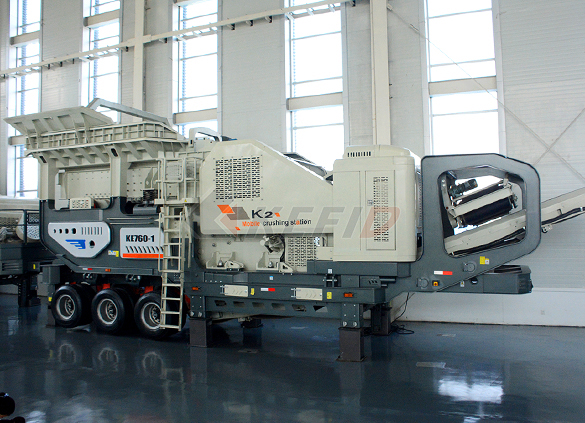
Primary mobile crushing plant
-
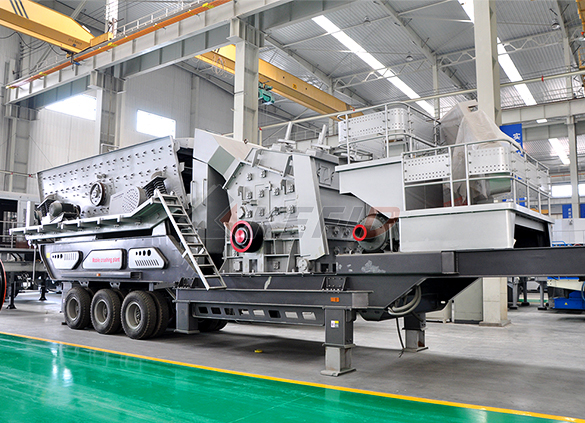
Independent operating combined mobile crushing station
-
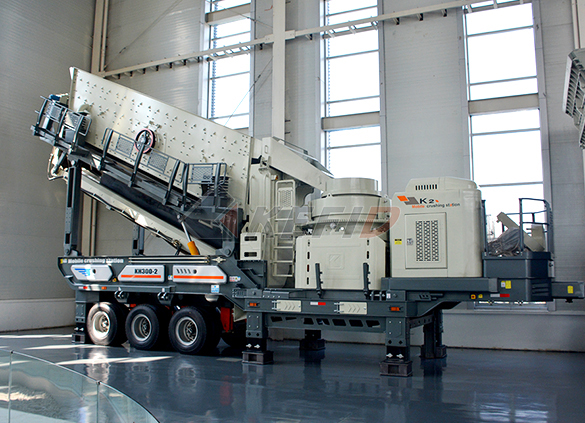
Mobile secondary crushing plant
-

Fine crushing and screening mobile station
-

Fine crushing & washing mobile station
-
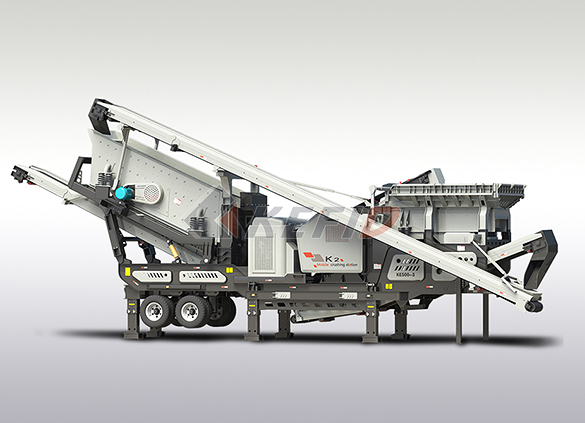
Three combinations mobile crushing plant
-
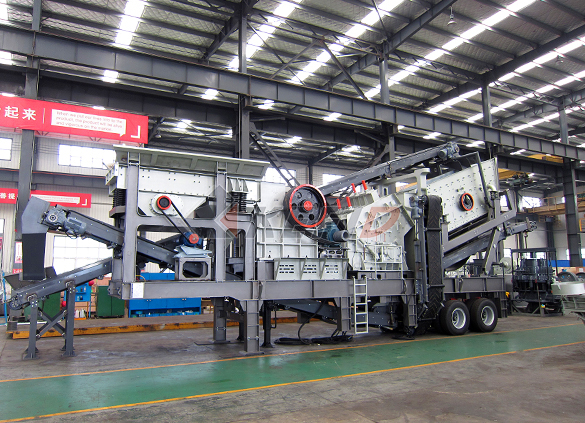
Four combinations mobile crushing plant
-
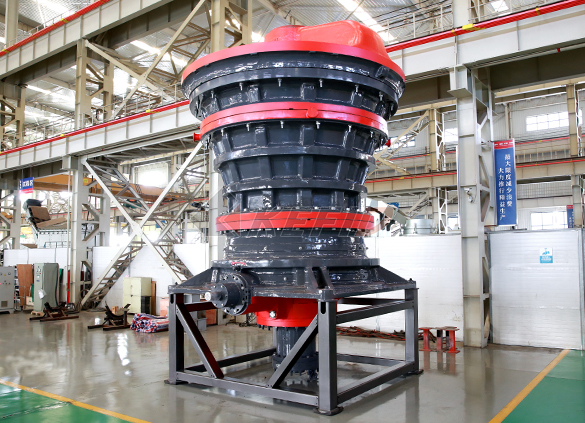
HGT gyratory crusher
-
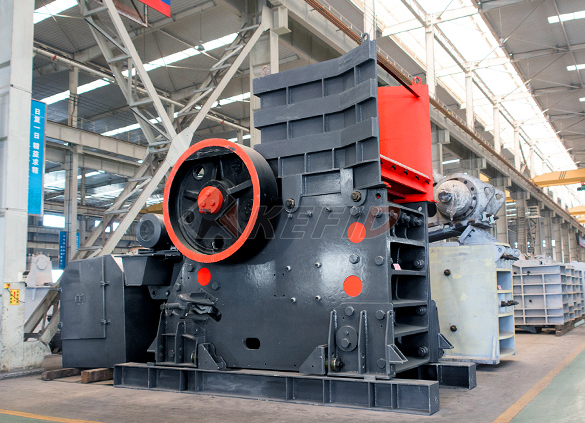
C6X series jaw crusher
-
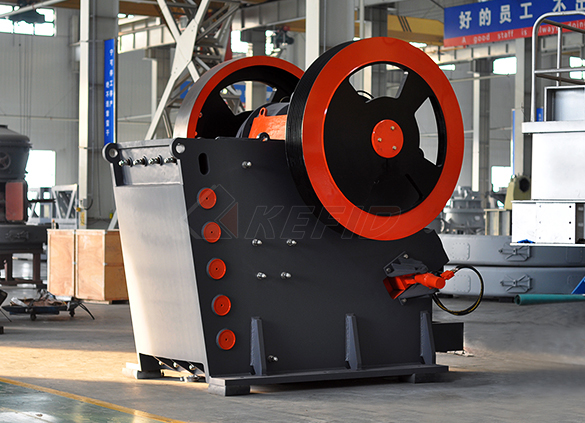
JC series jaw crusher
-
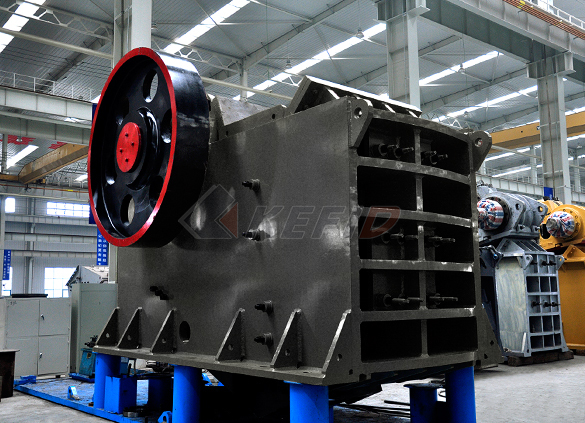
Jaw crusher
-
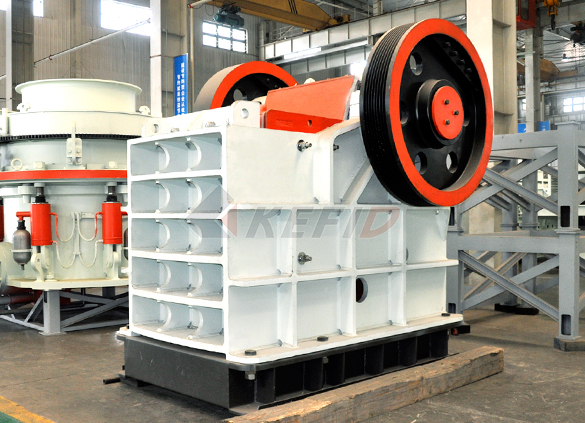
HJ series jaw crusher
-
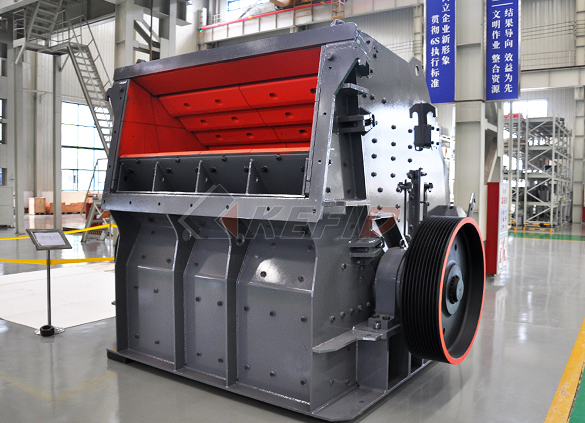
CI5X series impact crusher
-
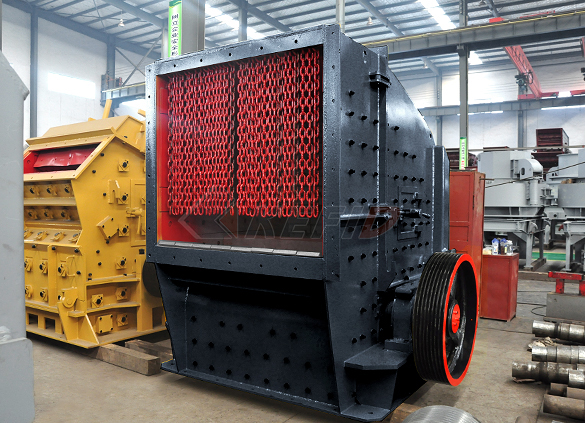
Primary impact crusher
-
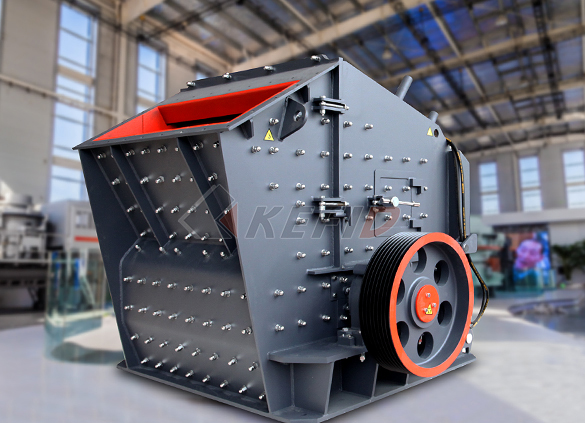
Secondary impact crusher
-

Impact crusher
-
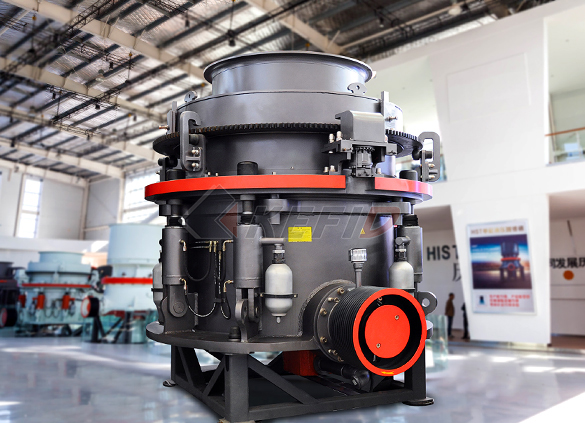
HPT series hydraulic cone crusher
-
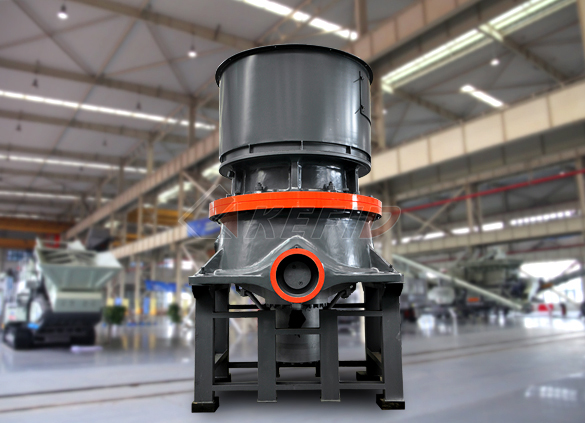
HST hydraulic cone crusher
-

CS cone crusher
-
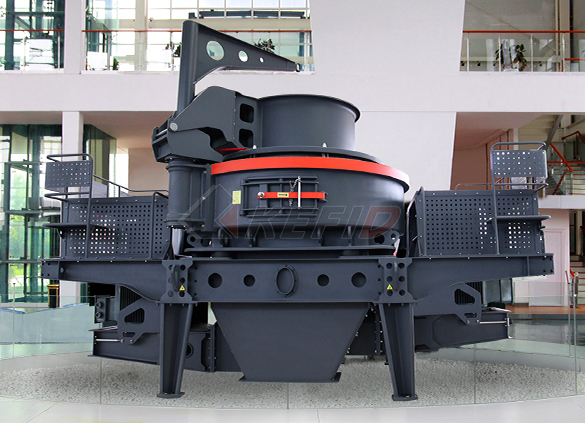
VSI6S vertical shaft impact crusher
-
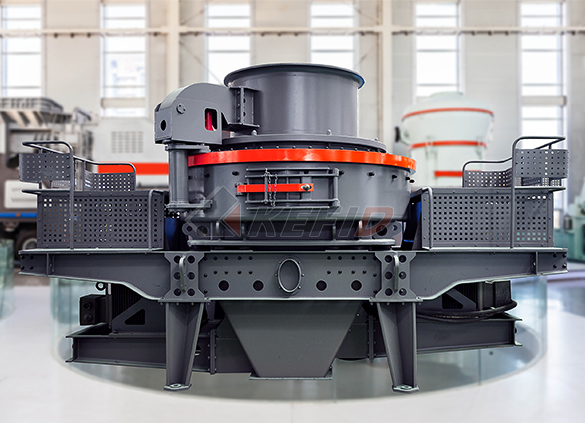
Deep rotor vsi crusher
-
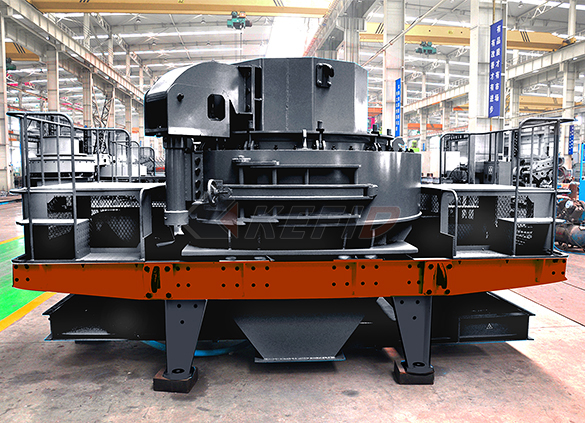
B series vsi crusher
-
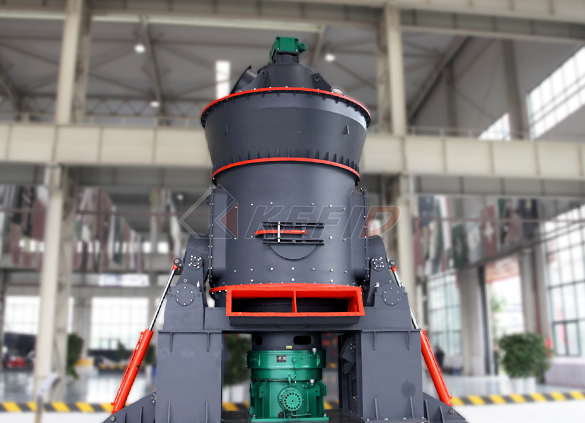
Vertical grinding mill
-
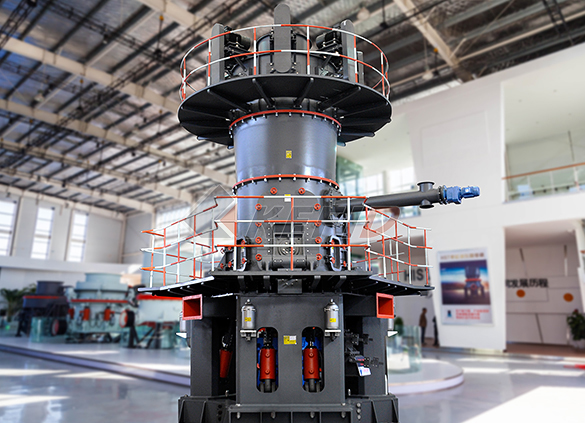
Ultra fine vertical grinding mill
-
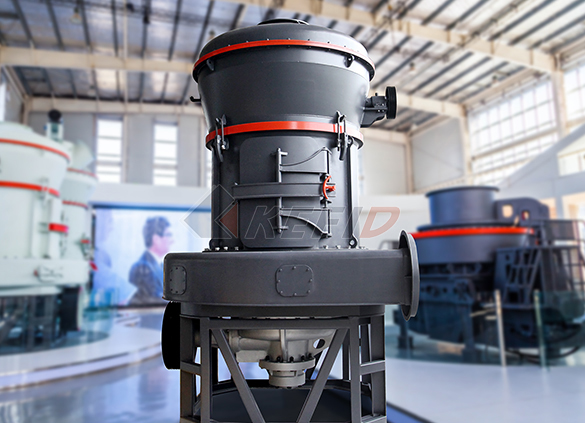
MTW european grinding mill
-

MB5X158 pendulum suspension grinding mill
-
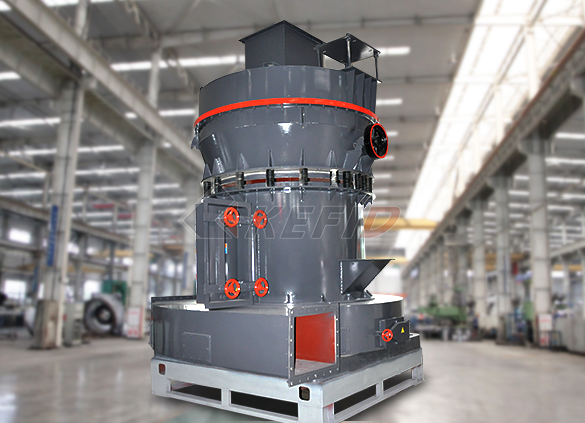
Trapezium mill
-
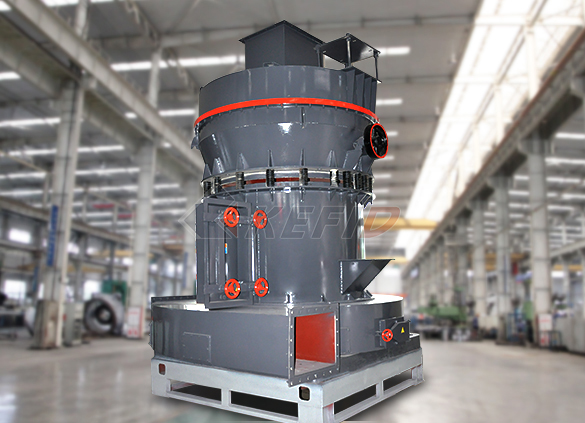
T130X super-fine grinding mill
-

Micro powder mill
-
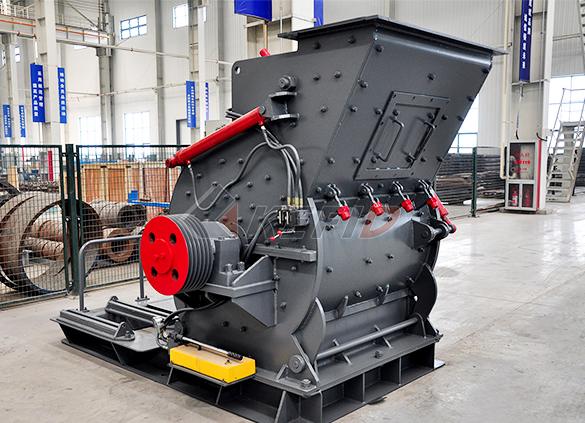
European hammer mill
-
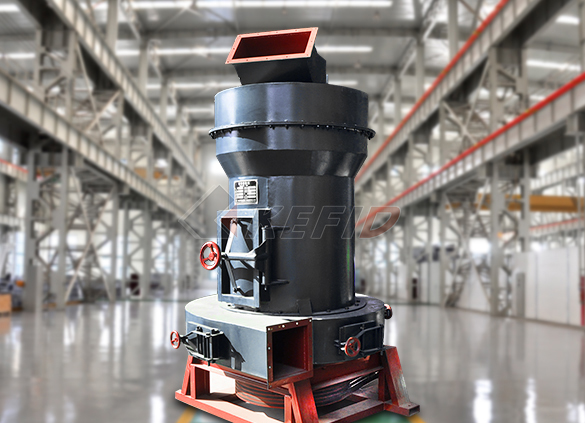
Raymond mill
-

Ball mill
-

GF series feeder
-

FH heavy vibrating feeder
-
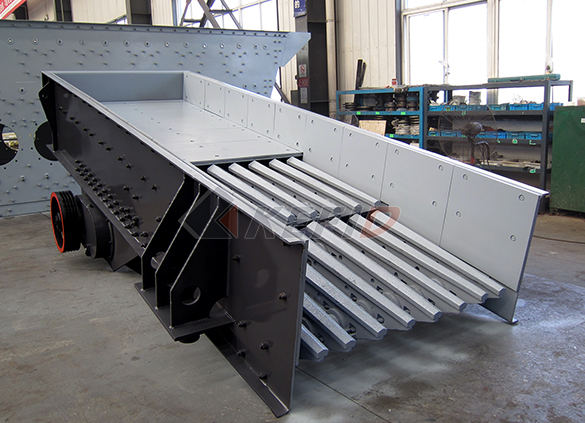
TSW series vibrating feeder
-

Vibrating feeder
-

Vibrating screen
-

S5X vibrating screen
-

Belt conveyor
-
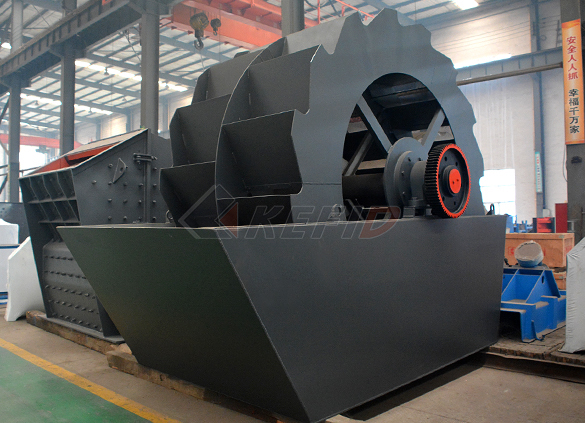
Wheel sand washing machine
-
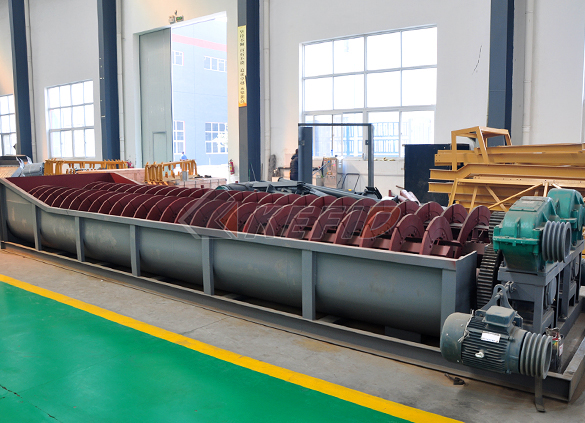
Screw sand washing machine
-
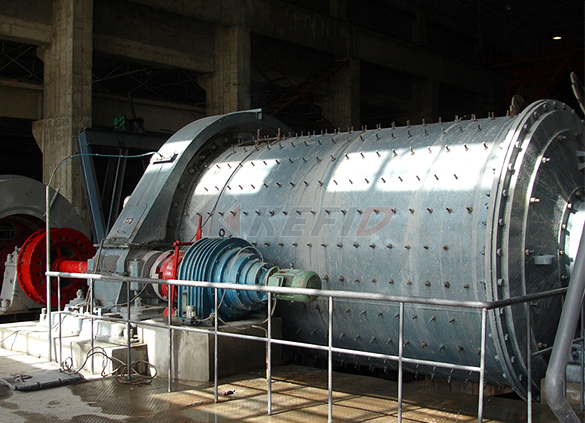
Rod mill
-

Dryer
-
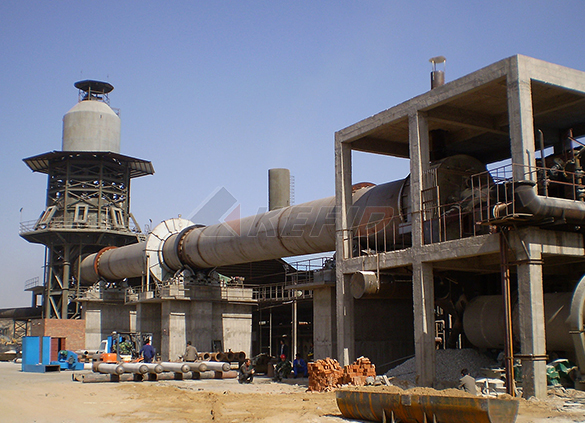
Rotary kiln
-

Wet magnetic separator
-
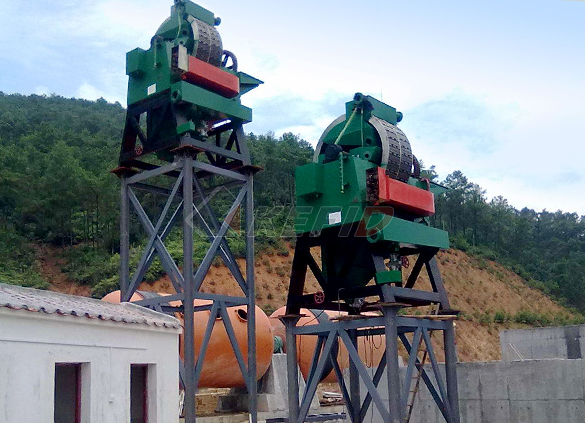
High gradient magnetic separator
-
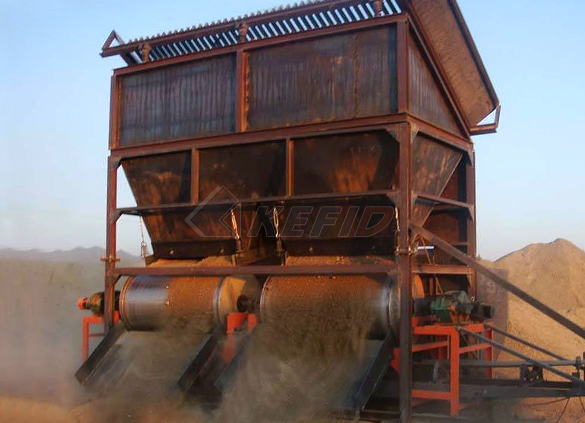
Dry magnetic separator
-

Flotation machine
-

Electromagnetic vibrating feeder
-
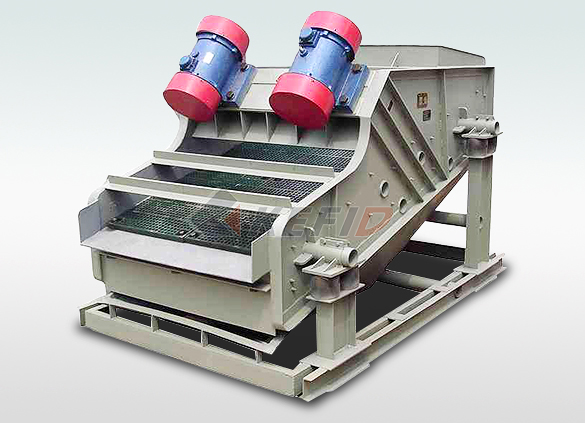
High frequency screen

New Developments in Ion Exchange Resins for the Recovery
Cyanide Leach Solution Speciation Cyanidation is still the most widely used method to leach gold Either sodium or calcium cyanide can be used as lixiviant Gold, as well as other metals present in the ore (silver, copper, cobalt, nickel, zinc, Feb 01, 2010 The use of activated carbon and ionexchange resins for recovering copper cyanide from gold leach solutions is compared in detail When using activated carbon, the overall cyanidetocopper ratio should be reduced to ∼ 2 to achieve the most effective adsorption This can be accomplished by dissolving metallic copper into the leach parison of activated carbon and ionexchange resins The use of activated carbon and ionexchange resins for recovering copper cyanide from gold leach solutions is compared in detail When using activated carbon, the overall cyanideto Comparison of activated carbon and ionexchange resins

(PDF) Platinum recovery from a spent industrial
Among the vast variety of meth Table 2 ods available the cyanide leaching method is reported to be Properties of strong base anion exchanger (AMBERJET 4200 Cl) more cost effective and environmentally friendly than con Properties ventional melting and acid recovery techniques [8]Jun 10, 2000 In this study an anionic ionexchange resin, Lewatit MP62, was used for the treatment of excess zinc cyanide from alkaline leach solutions Ionexchange tests were conducted in a laboratoryscale glass column using recycled water from the 100th Year Silver Cyanidation Plant in Turkey It contains 474 mg/l Zn and 720 mg/l CNRemoval of zinc cyanide from a leach solution by an Oct 14, 2018 For typical carbonincolumn operation, the cyanide leach solution is pumped upward through columns at a flowrate of 15 to 25 gpm/ft², fluidizing the packed bed of activated carbon (16×30 mesh) A carbonloading level, frequently of 200 oz/ton, is achieved while the carbon is advanced countercurrent to the solution through a staged circuitWays to Recover Gold from Cyanide Heap Leach Solutions

Technical Paper GoldSelective Ion Exchange Resins
Ion Exchange Resins vs Activated Carbon for Recovery of Gold Presented at the Alta 2014 Gold Conference, 24–31 May 2014, Perth, Australia Activated carbon is widely used for gold recovery from cyanide leach liquors via carboninleach (CIL) or carboninpulp (CIP) technology From all the base metals cyanide complexes typicallyis by conventional cyanide heap leaching, which produces a pregnant leach solution (PLS) containing 1–2 ppm of gold, together with 1000 ppm or more of copper The PLS is treated by column ion exchange, using Dow’s goldselective MINIX resin Loaded resin is stripped with an acidic thiourea solution, fromCopper–gold ore processing with ion exchange Jul 24, 2020 The ion exchange purification method is a method of removing harmful ions in wastewater by exchanging the ions in the wastewater with the exchange ions The advantage of the ion exchange purification method is that it can recover cyanide and metals, reduce cyanide and heavy metals to a very low level, and can remove bisulfateHow to Do Cyanide Removal in Gold Tailings? CNFREE

for Chemical Processing Ion Exchange Resins
Gold recovery from cyanide leach liquors Precious metals recovery AMBERLITE IRA910U Cl Strong base [11] MR Sytrene Cl 100 54 61 060 118 700 437 60 140 [5] Uranium recovery AMBERLITE IRA958 Cl Strong base MR Acrylic Cl 080 66 72 035 118 720 449 80 175 [5] Removal and recycling of cyanides from barren leach liquors in gold In this study an anionic ionexchange resin, Lewatit MP62, was used for the treatment of excess zinc cyanide from alkaline leach solutions Ionexchange tests were conducted in a laboratoryscale (PDF) Removal of zinc cyanide from a leach solution Dec 24, 2021 3 Ion exchange resin adsorption process Principle During cyanide leaching, the gold and silver in the pulp are both in the form of cyanide complex anions Au(CN) ²¯ and Ag(CN) ²¯ Add resin to the solution, and the anion in the resin will exchange with Au(CN) ²¯ and Ag(CN) ²¯ anions to achieve the recovery of gold and silver Process flow3 Methods for Extracting Gold from Leaching Solution in
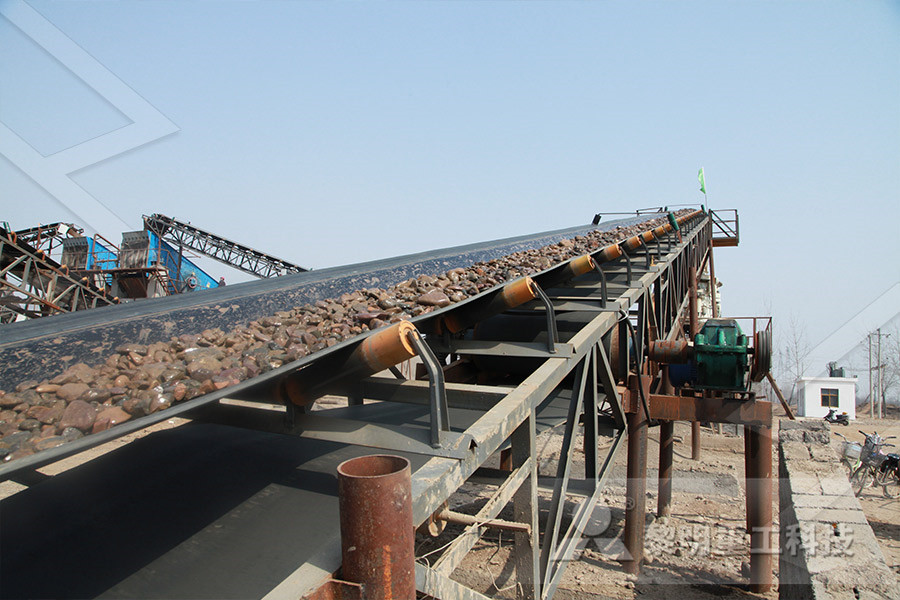
WOA2 Ion exchanging resins for gold cyanide
Ion exchange resins composed of a polymeric matrix functionalized with a piperazine group are suitable for separating gold cyanide from aqueous medium containing gold cyanide complex and other metal cyanide complexes in a process wherein the gold cyanide complex is preferentially retained on the piperazinefunctionalized ion exchange resin and can be eluted with thiourea Adsorption and ion exchange processes can recover dissolved metals from solutions, separate one metal from another in leach liquors, and remove impurities from aqueous streams Adsorption on activated carbon is the most widely used method to recover gold from cyanide solutions Hazen is experienced in the use of carbon adsorption, carbonin Adsorption and Ion Exchange Hazen ResearchJul 24, 2020 The ion exchange purification method is a method of removing harmful ions in wastewater by exchanging the ions in the wastewater with the exchange ions The advantage of the ion exchange purification method is that it can recover cyanide and metals, reduce cyanide and heavy metals to a very low level, and can remove bisulfateHow to Do Cyanide Removal in Gold Tailings? CNFREE

NIOSHTIC2 Publications Recovery of
The US Bureau of Mines investigated the use of ionexchange technology for the recovery of precious metals from cyanide leach and spent electrolytic solutions This research included adsorption of gold and silver on both weak and strongbase anionexchange resins The effects of nickel, mercury, and iron on precious metal loading of strongbase resins were also ion exchange process will be sufficiently high for direct recycling to leach, circumventing the need for volatilization of HCN (AVR) The volatilization part of the AVR process is a relatively high capital cost component of the overall process The decision on whether or not to preconcentrate by volatilization or ion exchange is based on the Recovering Cyanide From Gold Plant Tailingsis by conventional cyanide heap leaching, which produces a pregnant leach solution (PLS) containing 1–2 ppm of gold, together with 1000 ppm or more of copper The PLS is treated by column ion exchange, using Dow’s goldselective MINIX resin Loaded resin is stripped with an acidic thiourea solution, fromCopper–gold ore processing with ion exchange and SART

[PDF] GOLD SELECTED ION EXCHANGE RESIN VS ACTIVATED
A large portion of hitherto unexploited gold is associated with cyanidesoluble copper minerals The presence of copper in cyanide leach operations causes various operational problems, including increased cyanide consumption, increased toxicity of effluent and potentially lower gold recoveries Changes to the “traditional” gold processing flowsheet and operating conditions Sep 05, 1996 Recovery of gold from alkaline cyanide leach solutions using ion exchange adsorbents, comprising (a) contacting the cyanide leach solution containing the gold with an extraction reagent comprised of a solid adsorbent carrying an organic base functionality of a compound having a pK a between about 914, such as a guanidyl functionality, to adsorb gold Process for the recovery of gold Henkel CorporationToday, most gold is mined by the cyanide leaching or cyanidation process Use of anion exchange resins to sorb the gold from the pregnant solution has long been common practice in the gold mines of the former Soviet Union, and its advantages are now recognized more broadly DuPont produces AmberSep™ 91419 Developmental Anion Resin, a gold Gold Water Solutions DuPont

Minerals Free FullText Effect and Mechanism of CaO on
Feb 12, 2022 According to incomplete statistics, the annual discharge of cyanide tailings from Chinese gold smelting enterprises has exceeded 20 million tons []Based on the different cyanide leaching processes, cyanide tailings can be divided into heap leaching tailings, full mud cyanide tailings, concentrate cyanide tailings, oxidation roastingcyanide tailings, etc []USA USA USA USA US A US A US A US A US A US A US A US A US A US A US A US A Authority US United States Prior art keywords gold anion exchange copper resin per cent Prior art date Legal status USA Method of recovering gold from cyanide (3) cyanide leaching and selectively absorbing gold using either activated carbon or ionexchange resins; (4) cyanide leaching and selectively recovering copper from solution; and (5) selectively leaching either copper or gold with alternative reagents The decision as to which of these approaches to apply depends upon the relativeThe selective leaching of copper from a gold–copper
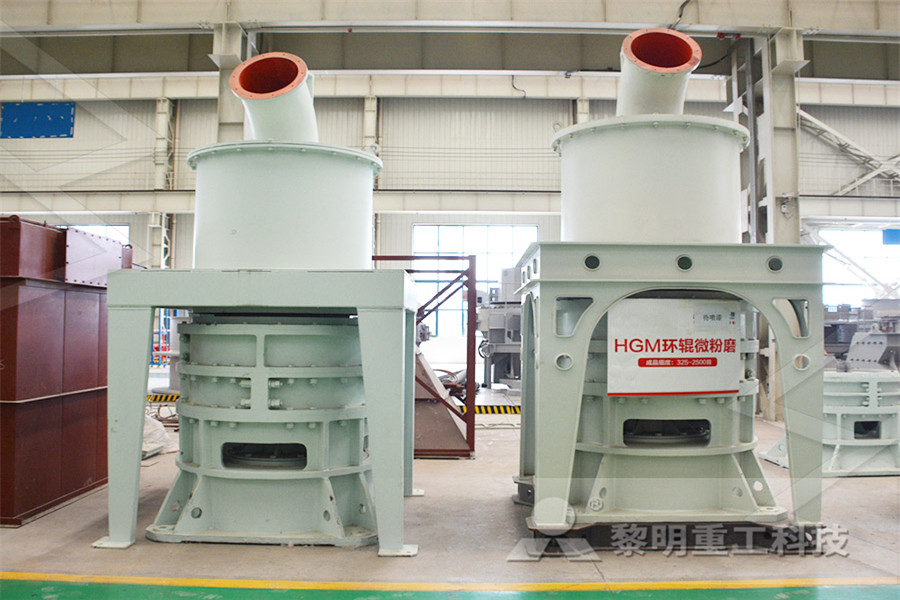
WOA2 Ion exchanging resins for gold
Ion exchange resins composed of a polymeric matrix functionalized with a piperazine group are suitable for separating gold cyanide from aqueous medium containing gold cyanide complex and other metal cyanide complexes in a Dec 24, 2021 3 Ion exchange resin adsorption process Principle During cyanide leaching, the gold and silver in the pulp are both in the form of cyanide complex anions Au(CN) ²¯ and Ag(CN) ²¯ Add resin to the solution, and the anion in the resin will exchange with Au(CN) ²¯ and Ag(CN) ²¯ anions to achieve the recovery of gold and silver Process flow3 Methods for Extracting Gold from Leaching Solution in is by conventional cyanide heap leaching, which produces a pregnant leach solution (PLS) containing 1–2 ppm of gold, together with 1000 ppm or more of copper The PLS is treated by column ion exchange, using Dow’s goldselective MINIX resin Loaded resin is stripped with an acidic thiourea solution, fromCopper–gold ore processing with ion exchange and SART

Leaching of petroleum catalysts with cyanide for palladium
Three different catalyst samples were supplied by Gemini Industries, a spent catalyst processor These catalysts consisted of a zeolite base and contained 04 to 07 pct Pd During alkaline cyanide leaching, the catalysts exhibited ion exchange properties due to their zeolite matricesion exchange process will be sufficiently high for direct recycling to leach, circumventing the need for volatilization of HCN (AVR) The volatilization part of the AVR process is a relatively high capital cost component of the overall process The decision on whether or not to preconcentrate by volatilization or ion exchange is based on the Recovering Cyanide From Gold Plant TailingsThe conventional processes for recovery of silver from cyanide leach solutions are the carbon adsorption, the MerrillCrowe zinc dust cementation, the Ion Exchange, and Solvent Extraction processes; among other available options for recovery of precious metals from cyanide solutions, Electrocoagulation (EC) is a very promising electrochemical process that does not require high Recovery of Silver from Cyanide Solutions Using
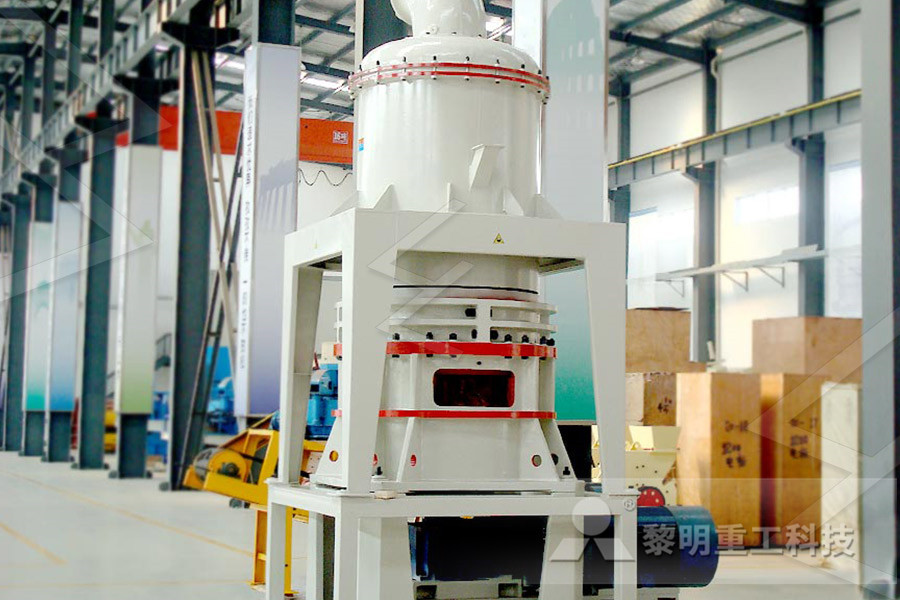
DEVELOPMENT OF A GLYCINECYANIDE LEACH PROCESS
Copper is recovered by either sulphide precipitation or resin ion exchange Gold is recovered by conventional carbon adsorption or alternatively using goldselective resins • A bulk sulphide leach with cyanide destruction The bulk sulphide leach was favoured over the whole of ore leach options, despite their higherResininleach (RIL) cyanidation experiments were performed on a refractory carbonaceous gold ore The objective of this investigation was to determine if strongbase ion exchange resins could adsorb the soluble aurocyanide complex in preference to natural “preg robbing” organic constituents Direct cyanidation of the carbonaceous gold ore used in this study resulted in Resininleach cyanidation of a carbonaceous gold ore pretreatment methods are needed prior to cyanide leaching According to Grosse et al (2003) in most of the refractory ores, cyanidation is unable to leach significant quantities of gold without consuming excessive quantities of reagents Thiosulphate is a more effective lixiviant of pregrobbing and highcopper ores thanCOMPARISON OF CYANIDE AND THIOSULPHATE LEACHING

Predicting Cyanide Consumption in Gold Leaching: A Kinetic
Mar 08, 2018 The consumption of cyanide during processing operations is a major economic cost in the extraction of gold from its ores, while the discharge of cyanide wastes may result in significant environmental pollution Many factors influence the levels of consumption and discharge of cyanide, including ore mineralogy and lixiviant solution chemistry This paper cyanide heap leaching to produce a pregnant leach liquor, from which gold was extracted by fixedbed resin ion exchange Resin ion exchange was used at Gedabek, instead of conventional activated carbon, because of the elevated copper concentrations in the leach liquors from the heaps, which typically contained about 1000ppm CuIndustrial Application of Ammonia Assisted Cyanide A large portion of hitherto unexploited gold is associated with cyanidesoluble copper minerals The presence of copper in cyanide leach operations causes various operational problems, including increased cyanide consumption, increased toxicity of effluent and potentially lower gold recoveries Changes to the “traditional” gold processing flowsheet and operating conditions [PDF] GOLD SELECTED ION EXCHANGE RESIN VS ACTIVATED

Refractory concentrate gold leaching: Cyanide vs bromine
Mar 01, 1990 Gold extractions for cyanide leaching (24–48 hours) and bromine leaching (six hours) were the same and ranged from 94 to 96% Gold recoveries from bromine pregnant solutions using carbon adsorption, ion exchange, solvent extraction, and zinc and aluminum precipitation methods were better than 999%cyanide solution and follows the gold through the process sequence Iron sul fide minerals, which are common constituents of gold ores, are oxidized to some extent during the cyanide leach, thus resulting in the formation of acid These acids are neutralized by the lime used in the cyanide leach sequenceProcessing Gold Ores Using Heap LeachCarbon Adsorption